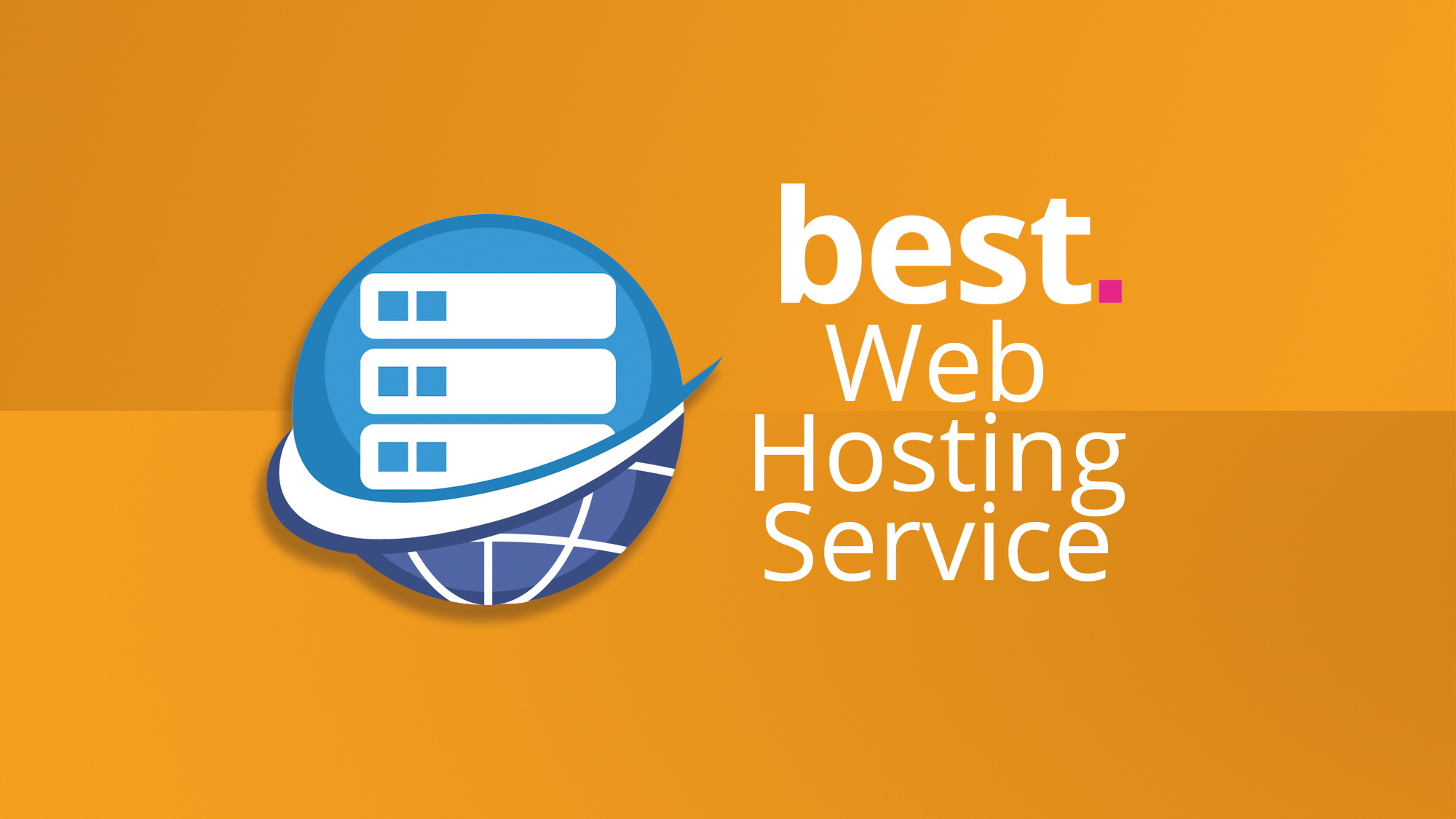Moving to the Cloud Environment: A Step-by-Step Instructional

Within the current digital landscape, organizations of every sizes are increasingly turning to cloud solutions for their web hosting needs. The traditional model of hosting on physical servers is rapidly being replaced by the versatility and scalability that cloud services provide. This shift not only enhances performance and reliability but also enables companies to adapt quickly to shifting demands without significant infrastructure investments.
Moving to the cloud offers numerous advantages, such as enhanced accessibility, increased security, and cost efficiency. With cloud hosting, businesses can save and manage their data in remote servers, enabling teams to collaborate efficiently from various locations. This guide explores the value of web hosting through cloud services, providing a concise pathway for organizations looking to embrace this innovative approach and harness its potential to transform their online presence.
Picking a Digital Server Provider
Selecting the right digital server service is essential for your online success. Start by evaluating your particular needs, including flexibility, trustworthiness, and financial constraints. It is essential to have a clear understanding of the resources you will need, as this will help you determine which services offer the ideal services customized to your business size and growth prospects.
Next, evaluate the efficiency and availability statistics of possible providers. The perfect provider should guarantee high uptime rates, typically more than 99.9 percent, to make certain your website remains accessible to visitors at all moments. Additionally, check the performance of their infrastructure, as quicker loading speeds can dramatically influence user experience and SEO engine results. Look for customer reviews and case studies that showcase efficiency metrics.
In conclusion, consider the level of support and safeguards provided by the digital hosting provider. Dependable client support is essential, especially during critical moments when you might encounter problems. Make sure the service has 24/7 support available channels, such as real-time chat or phone assistance. Additionally, confirm that they have robust protective measures in place to safeguard your information from potential risks, providing peace of mind as you build your online presence.
Configuring The Virtual Infrastructure
Establishing your virtual infrastructure is a vital aspect in utilizing the benefits of online cloud services. web hosting uae involves picking a cloud service vendor that matches your business requirements. There are many reputable providers available, each offering multiple capabilities, scalability features, and pricing structures. Consider the particular needs such as storage capacity, processing power, security features, and available assistance to guarantee you choose the most suitable option for your business.
After you have selected a provider, the following action is to configure the cloud resources. This commonly involves setting up VMs, storage services, and network resources designed for your software. Numerous cloud platforms offer intuitive dashboards that allow for easy administration of the assets. It is crucial to structure your environment carefully, which will enhance efficiency and support future scalability as your online requirements expand.
In conclusion, ensure solid safety protocols are included into the virtual environment. This entails configuring firewalls, permission settings, and consistent backup systems to protect the data. Additionally, utilizing tracking tools is important to track system performance and identify any irregularities. By emphasizing safety from the outset, you can guarantee that your virtual infrastructure is resilient, offering you assurance as you move towards online cloud solutions.
Migrating Your Website to the Cloud Platform
Transitioning your website to the cloud is an crucial step for enhancing efficiency and flexibility. Start by selecting a dependable cloud service provider that meets your specific needs, which provides features like reliability guarantees, data redundancy, and strong security. Take the time to review options, factoring in aspects such as pricing, efficiency metrics, and customer support to ensure a smooth transition.
Once you have selected a provider, the next step is to secure your website and all its data. This includes copying all files, databases, and content associated with your previous web hosting service. Be certain that you properly store this data to stop any loss during the move procedure. Depending on the scale of your website, you may wish to transitioning during quiet periods to reduce disruption to your users.

Finally, after the initial setup on the cloud service is complete, you will need to adjust your DNS settings to redirect to the new cloud-hosted site. It is important to check the site carefully to identify and address any possible issues before making it live. Once all aspects is functioning efficiently, you can formally switch your website to the cloud, taking advantage of the enhanced flexibility and efficiency it delivers.
